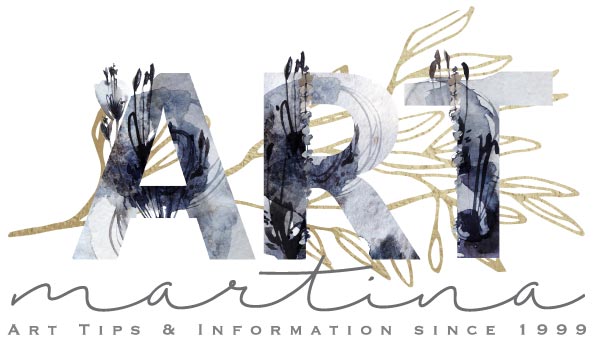The Art of Learning Art
Traditional Art Classes vs Online Courses
The plethora of online teaching methods these days, has led to a great debate: Is it better to learn via traditional , in-person approaches, or are online courses the way to go?
Well, the answer is: It depends! Yes, that does sound like a very “non-committal” response – but for a good reason. Suffice to say, however, at this point, that when it comes to learning Art, the question should not be “Is it better…?”, but rather “Is it more effective…?”














